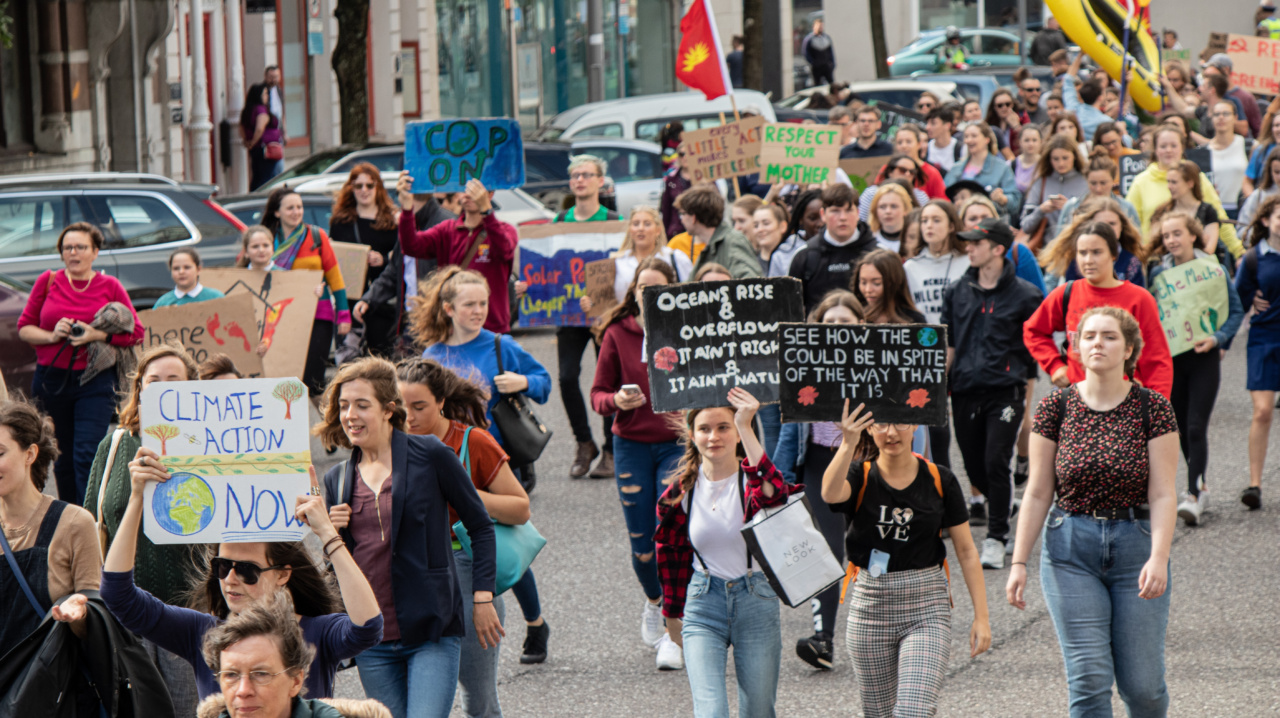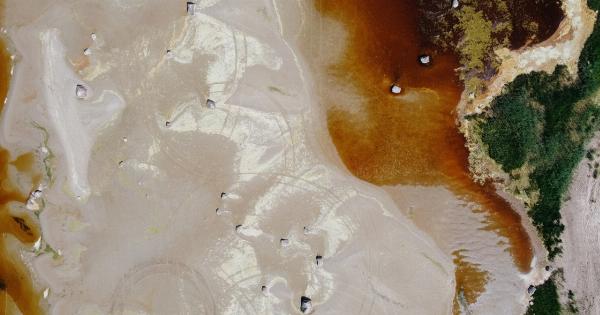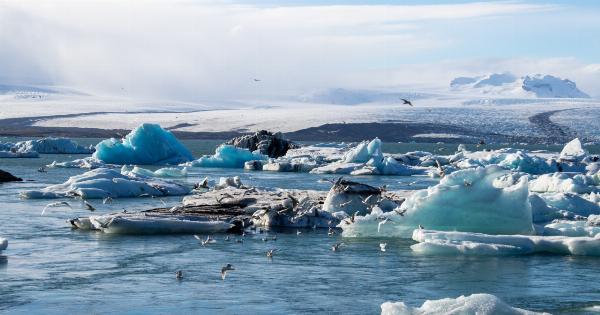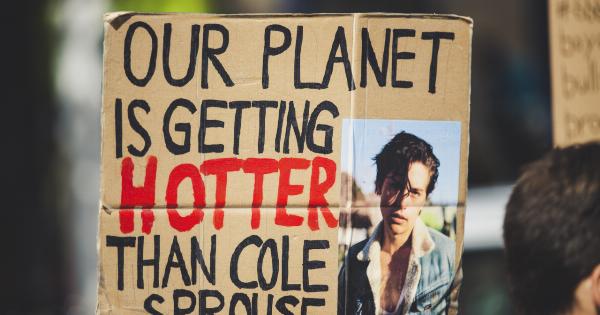Climate change is an important issue that affects the entire planet. For many years, scientists have been studying the signs that indicate we are entering a climate shift.
While some of these signs are readily apparent, others are more subtle and require a bit of investigation to uncover.
1. Rising Temperatures
One of the most obvious signs that we are entering a climate shift is rising temperatures. According to the National Oceanographic and Atmospheric Administration (NOAA), the ten warmest years on record have all occurred since 1998.
This increase in temperature is due to the increase in greenhouse gases in the atmosphere, which trap heat and cause global warming.
2. Melting Glaciers and Ice Sheets
The melting of glaciers and ice sheets is another sign that we are entering a climate shift. The Arctic sea ice has been decreasing at a rate of 12.85% per decade, according to NOAA. The Antarctic ice sheet has also lost mass in recent years.
This melting of ice is causing sea levels to rise, which can lead to flooding and coastal erosion.
3. Changes in Precipitation Patterns
Another sign that we are entering a climate shift is changes in precipitation patterns.
According to a report by the Intergovernmental Panel on Climate Change (IPCC), some regions are experiencing more precipitation due to warmer temperatures, while other regions are experiencing less precipitation. This can lead to droughts, crop failures, and water shortages.
4. Extinction of Animal Species
As temperatures and precipitation patterns change, many animal species are unable to adapt quickly enough to survive. According to the World Wildlife Fund (WWF), climate change is one of the biggest threats to biodiversity.
Many species are already on the brink of extinction, and more are likely to follow if we do not take action to reduce greenhouse gas emissions.
5. Ocean Acidification
Another sign that we are entering a climate shift is ocean acidification. As the ocean absorbs more CO2 from the atmosphere, it becomes more acidic. This can be harmful to many marine organisms, including coral reefs.
According to a report by the IPCC, ocean acidity has increased by 26% since the pre-industrial era.
6. Changes in Ecosystems
As temperatures and precipitation patterns change, ecosystems are also changing. Some species are moving to new areas in search of suitable habitat, while others are disappearing altogether.
This can have a ripple effect on other species, as well as on the ecosystem as a whole.
7. More Extreme Weather Events
As the climate shifts, we can expect to see more extreme weather events. According to the National Climate Assessment, we can expect more severe heat waves, droughts, hurricanes, and floods.
These events can be devastating for communities, causing billions of dollars in damage and loss of life.
8. Increase in Forest Fires
Another sign that we are entering a climate shift is the increase in forest fires. As temperatures rise, forests become drier, and wildfires become more frequent and more intense.
According to a report by the National Interagency Fire Center, the number of acres burned by wildfire has increased in recent years.
9. Permafrost Thawing
Permafrost is frozen soil and rock that covers vast areas of the Arctic. As temperatures rise, permafrost is thawing, which can release large amounts of greenhouse gases into the atmosphere.
According to a report by the United Nations Environment Programme (UNEP), permafrost contains twice as much carbon as the atmosphere.
10. Changes in Migration Patterns
As temperatures and precipitation patterns change, many species are changing their migration patterns. Birds, for example, are arriving at their breeding grounds earlier in the year, while some butterflies are moving to new areas.
These changes can have a ripple effect on other species and the ecosystem as a whole.
Conclusion
There are many signs that indicate we are entering a climate shift. These signs are not just scientific data points; they are happening all around us.
The consequences of a warmer planet are very real and can be devastating if we do not take action to reduce greenhouse gas emissions. It is up to all of us to work together to create a sustainable future for ourselves and for future generations.




























